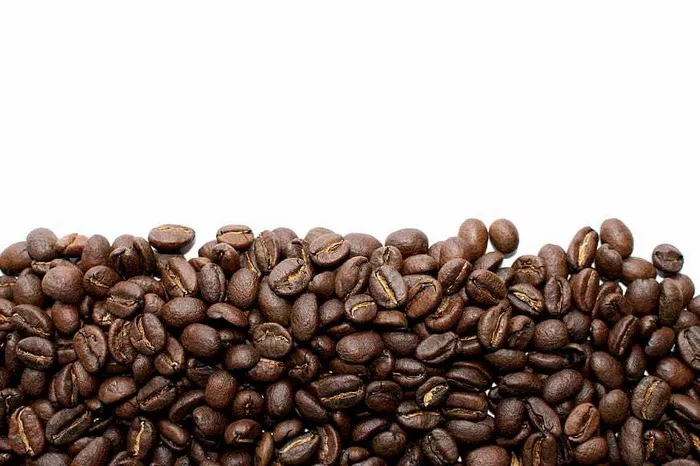Coffee, a beloved beverage cherished for its complex flavors and invigorating aroma, has captivated humanity for centuries. From the moment coffee beans are harvested to the final aromatic brew in your cup, there are myriad factors that influence its taste, aroma, and appearance. Among these factors, the oiliness of coffee beans stands out as a phenomenon that intrigues and sometimes confounds both coffee enthusiasts and professionals alike. In this comprehensive exploration, we delve into the fascinating realm of oily coffee beans, uncovering the science behind their oily sheen, the impact on flavor profiles, and the implications for coffee connoisseurs worldwide.
The Enigma of Oily Coffee Beans
Before delving into the reasons behind the oiliness of coffee beans, it’s crucial to understand what constitutes this oily sheen. When examining freshly roasted coffee beans, one might notice a glossy surface, indicating the presence of natural oils. These oils, composed mainly of triglycerides, emerge during the roasting process as heat causes the beans’ cellular structure to break down, releasing volatile compounds and aromatic oils. However, not all coffee beans exhibit this oily characteristic to the same extent. Some beans remain relatively dry, while others develop a noticeable oiliness shortly after roasting.
Factors Influencing Oiliness
1. Coffee Bean Varietalz
Different coffee bean varietals possess distinct genetic compositions, leading to variations in oil content. Arabica beans, prized for their nuanced flavors and mild acidity, typically contain lower oil levels compared to Robusta beans. Robusta beans, renowned for their bold flavor and higher caffeine content, tend to be oilier due to their higher lipid content.
2. Roasting Level
The degree of roasting plays a pivotal role in determining the oiliness of coffee beans. During roasting, beans undergo a series of chemical reactions, including Maillard browning and caramelization, which contribute to flavor development. As roasting progresses, the cellular structure of the beans undergoes further degradation, releasing more oils onto the surface. Dark roasts, characterized by their deep, smoky flavors, often yield oilier beans compared to lighter roasts, which retain more of the beans’ natural acidity and floral notes.
3. Roasting Method
The method of roasting also influences the oiliness of coffee beans. Traditional drum roasters, commonly used in specialty coffee roasteries, provide a gentle and even roast, allowing oils to migrate to the surface gradually. In contrast, faster roasting methods, such as air roasting or fluid bed roasting, may result in beans with a less pronounced oily sheen due to shorter roast times and less exposure to heat.
4. Moisture Content
The moisture content of green coffee beans prior to roasting can affect the development of oils during the roasting process. Beans with higher moisture levels may produce steam during roasting, which could inhibit the migration of oils to the bean’s surface. Conversely, excessively dry beans may lack the internal moisture necessary for oil development, resulting in a less oily appearance.
Implications for Flavor and Aroma
The presence of oils on coffee beans not only impacts their visual appearance but also influences the flavor and aroma of the brewed coffee. The oils contain volatile aromatic compounds that contribute to the overall sensory experience, enhancing the richness and body of the brew. Additionally, the oils act as carriers for flavor molecules, allowing them to dissolve more readily during the brewing process and imparting a fuller, more intense flavor profile.
Perceived Quality and Freshness
While the oiliness of coffee beans is not inherently indicative of quality, it is often associated with freshness. Beans that exhibit a glossy sheen are typically fresher, as the oils gradually dissipate over time through exposure to air and light. Consequently, many coffee aficionados perceive oily beans as a sign of superior quality and opt for them when selecting their beans.
Storage Considerations
Proper storage is essential for preserving the freshness and flavor of coffee beans, regardless of their oiliness. To maintain optimal quality, it’s advisable to store coffee beans in airtight containers in a cool, dark place away from heat and moisture. By minimizing exposure to oxygen and light, you can prolong the shelf life of your beans and preserve their aromatic oils for a more flavorful cup of coffee.
Conclusion
The oiliness of coffee beans is a multifaceted phenomenon influenced by various factors, including bean varietal, roasting level, and moisture content. While some may perceive oily beans as a mark of freshness and quality, others may prefer the nuanced flavors of drier beans. Ultimately, the oiliness of coffee beans adds another layer of complexity to the world of coffee, inviting exploration and appreciation for the intricate interplay of science and sensory experience in every cup. As coffee enthusiasts continue to explore the vast landscape of coffee flavors, the mystery of oily beans remains an intriguing facet of the ever-evolving coffee culture.

